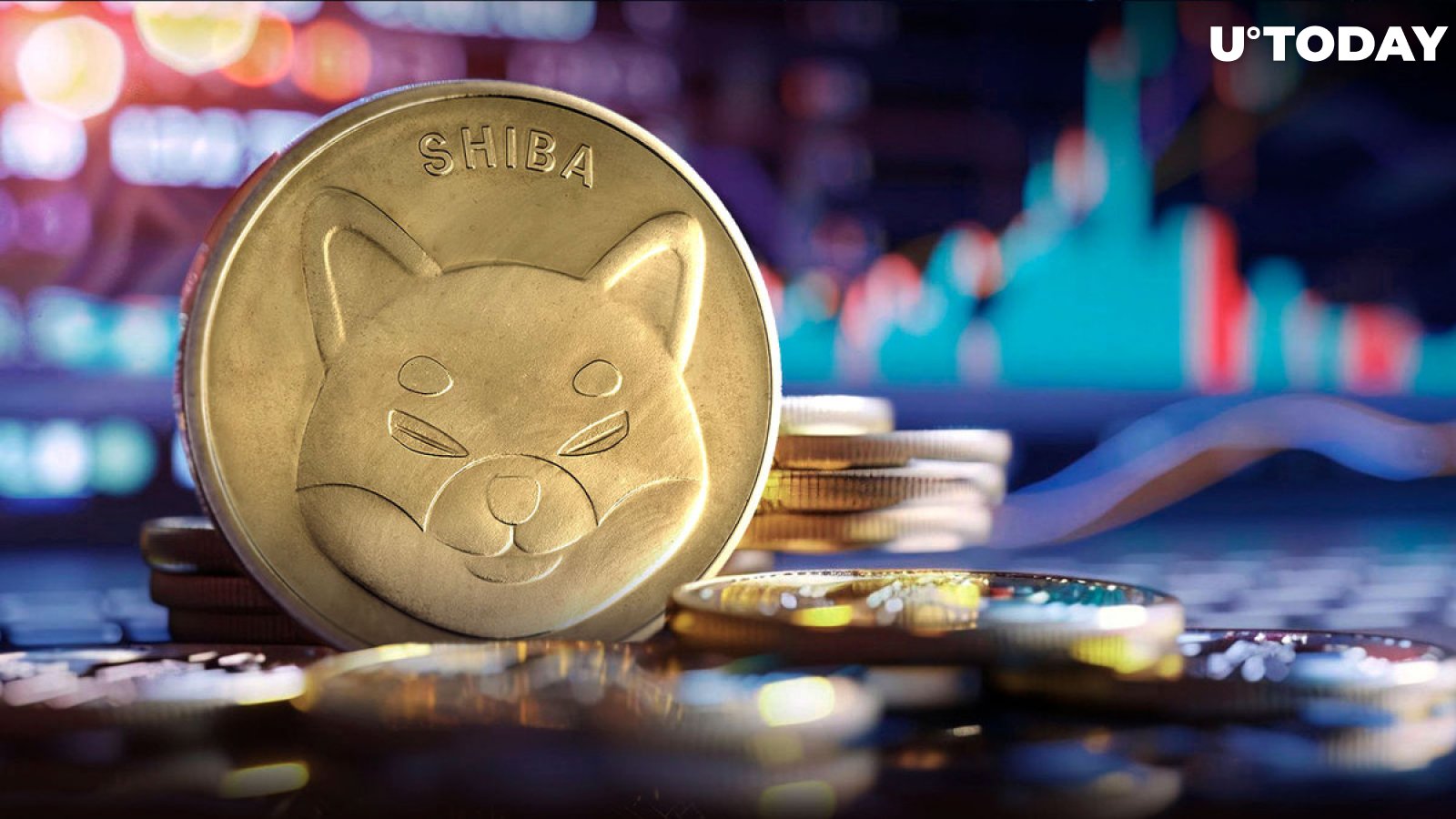How the NFT Transparent Marketplace Wins Over Game Skin Markets
Today’s climate seems favorable to the growth of blockchain-based digital items known as NFT. At its peak, the digital item market reached sales of around $17B, while mainstream digital items drew in around $50B. Owning digital items is not unusual at all, even for the biggest NFT skeptics. The global in-game item industry grows by leaps every year. By 2025, an estimated $77B may be spent on in-game purchases, though there are even higher estimates for the consumption of digital items.
The virtual goods market may reach $294B by the decade’s end, with 20% yearly growth. While some of that spending will be on cosmetic digital items, technological growth may add new digital item categories and economic models.
Will the Real Digital Ownership Become the NFT Selling Point?
In gross terms and monetary size, the digital market for mainstream games seems to be winning. However, players have always faced disaster with digital items held on a game server.
Players have reported disasters like stolen skins, or digital items that do not work in a new game version. Not only did the skin market expand to $50B annually in the past few years, but skins are now key to adding game variety and achieving a personalized look. Safe, guaranteed ownership is, therefore, key to securing valuable items.
The biggest challenge for supporters of NFT technology is to dispel the image that digital items are primarily sold for profit instead of serving as a layer of security for ownership. So far, only a few mainstream gaming studios have introduced NFT, and those were only optional or experimental.
NFT Wins with More Transparent Marketplace
The informal market for skins in mainstream games developed so fast that there is no reliable venue for changing ownership. The skin-selling market is informal, unregulated, and has no transparency. All sites for reselling set their terms, and often, price settlement is informal, with no arbitration or recourse.
Compared to informal gaming skin reselling, the NFT market is extremely transparent and well-organized. Each NFT comes with a clear history of ownership transfers. Additionally, price information is easily gathered. All items in a collection are known and searchable, and there is information on the highest and lowest price, rarity, and potential demand.
Mainstream Markets Copy NFT Trading Model
The boom of NFT trading in 2021 and 2022 created some good practices in trading digital items. Projects like White Market have brought together the best of both worlds. The market specializes in swapping Counter Strike 2 skins, modeling scarcity, price and demand similar to OpenSea.
White Market also uses WhiteBit Codes as a tool to pay with digital currency. Skin owners can use USDT to buy or receive funds.
The opposite is also happening—the Avalanche-based game Shrapnel allows direct card purchases of its SHRAP in-game token, opening up to a large pool of players not willing to pay in crypto.
Can Game Items Be Tokenized Again?
There is hardly a need for game companies to decide on a true ownership standard for their in-game items. Instead, blockchain startups are simply adding a new layer of security.
Metazero is one of those projects, which aims to tokenize already existing digital assets. Users with existing Steam accounts can secure all their skins, weapons or items through Metazero. This way, their items will have their value represented on the blockchain.
Additionally, CS2 game items can be tokenized as NFT and traded again for their rarity, in a form of real-world asset (RWA) tokenization.
Some game companies have been skeptical and have tried to protect their items from tokenization. One such case was Mojang’s Minecraft, which banned the creation of NFT based on its game images, skins, land or other items. This led to the dissolution of NFT Worlds, one of the most successful collections based on land plots on a Minecraft server.
Others, like Counter Strike: Global Offensive, have embraced a model similar to NFT, assigning transparent rarity levels to their weapon skins. With rarity to motivate resellers, those skins command peak values on resale markets.
Who is the winner? In 2024, the NFT market and game skin industry are either going for a collision or partnership. The technology ensures a fair, transparent market, while tapping rarity, visual appeal, and player preferences.






